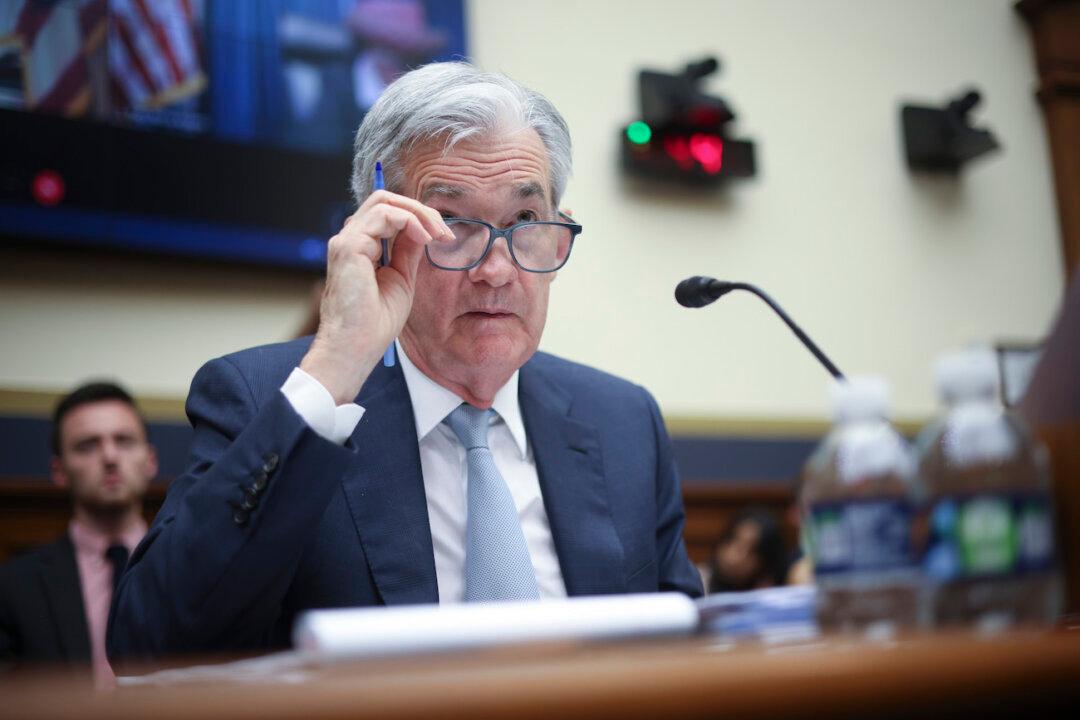As the Federal Reserve continues to hike rates into a rapidly slowing economy, macroeconomic analyst Luke Gromen warns of a growing risk of a default-culminating “death spiral” in U.S. government debt that will force the central bank to hit pause on monetary tightening sooner than markets expect, and then restart the money printers full blast to resume monetizing debt.
Soaring inflation has driven the U.S. central bank to embark on a path of quantitative tightening, with market expectations—based chiefly on eurodollar futures contracts—predicting that the Fed will continue hiking for another six months or so before hitting pause.





